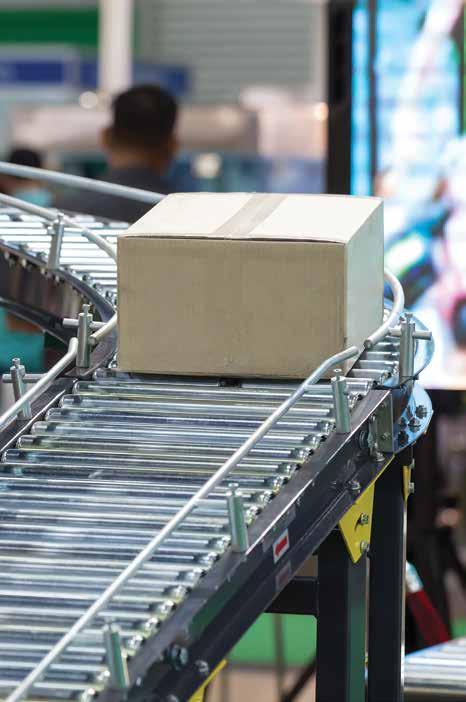ECONOMIC ROUNDUP
Destination (and journey) unknown Prairie manufacturers heading into an uncertain recovery By Jayson Myers
T
he pandemic has really knocked the wind out of Prairie manufacturing – and the western Canadian economy as a whole. Ditto for the situation across Canada. The Canadian economy contracted by 20 per cent between February and April as businesses closed and consumers stopped spending. International demand for Canadian-made goods weakened even further. Canada’s merchandise exports fell by more than one-third over that same period. Statistics Canada reports that 81 per cent of Canadian manufacturers were negatively affected by the COVID-19 crisis. Unfortunately, the agency also reports that only 24 per cent of manufacturers have a recovery plan in place. The impacts came fast and furious. Manufacturing production, which directly contributes 10 per cent of Canada’s gross domestic product (GDP), dropped by one-third in March and April. Output levels fell in every sector as plants shut down or drastically reduced capacity. Every auto assembly plant in North America closed in April, sending shock waves through the entire supply chain. Other equipment producers from aerospace to industrial machinery sectors also saw dramatic drops in output. Food production suffered from the closure of meat processing facilities. Meanwhile, petroleum refining was hit by a triple whammy of global over-supply, falling prices, and lower energy demand. Monthly manufacturing sales plummeted by 35 per cent from $56.2 billion in February to $36.3 billion in April. New orders also shrank by more than a third to
10
Prairie Manufacturer Magazine • Fall 2020
$37.8 billion. Manufacturers responded by reducing inventories in line with sales and working down unfilled orders. Nevertheless, by April they were, on average, working at only 54 per cent of operating capacity, down from 77 per cent in February. Across Canada, manufacturers laid off 285,000 employees. By April, manufacturing employment had shrunk by more than 16 per cent to 1,438,000. The good news is that both manufacturing production and employment have rebounded sharply since the economy began to re-open in May. Manufacturing sales jumped by 10 per cent that month alone to $40.1 billion. Employment increased in both May and June as 189,000 people were recalled to jobs in the sector. We’ll need to wait a while longer to get the full statistical read on the summer, but early indications are looking good, and it looks like manufacturing is leading the way. The pace of recovery in manufacturing employment has been almost 50 per cent stronger than for the economy as a whole, and much stronger than in previous economic recessions, reflecting the very unusual circumstances of the COVID-19 crisis.
Manitoba has fared relatively well Manufacturing output fell in Manitoba as the COVID-19 crisis hit the province in March and April, but by much less than the Canadian average. Overall sales declined by nine per cent. The steepest drops came in the province’s aerospace sector (shipments of transportation equipment plummeted by 39 per cent) and in furniture (where sales were off
by 25 per cent). Those two sectors alone accounted for almost one-fifth of manufacturing production in Manitoba before the pandemic hit. Other sectors have fared much better, especially machinery manufacturing where sales actually increased by 13 per cent over the same period of time. The overall level of employment in Manitoba manufacturing fell by about 10 per cent or 6,000 jobs between February and April. While the downturn in manufacturing output in Manitoba was not as pronounced as elsewhere in Canada, the rebound since April has also been weaker. Manufacturing sales increased by just under seven per cent in May. That month shipments of processed food, chemicals, wood products, and machinery all exceeded February sales levels. Shipments of transportation equipment snapped back to just under six per cent of pre-pandemic levels, but manufacturing employment increased by only 1,500 jobs to 57,700 in July, still nine per cent lower than before the pandemic struck.
Saskatchewan saw deeper downturn, slower rebound Sales for Saskatchewan manufacturers contracted by 22 per cent to $998 million between February and April – not as bad as the Canadian average, but still a far sharper decline for the province than the recession of 2008/2009. Production fell in all sectors except machinery where, as in Manitoba, production levels jumped by more than 12 per cent. Just over 5,000 employees were laid off by Saskatchewan manufacturers, dropping overall employment in the sector to 28,100 in April.




